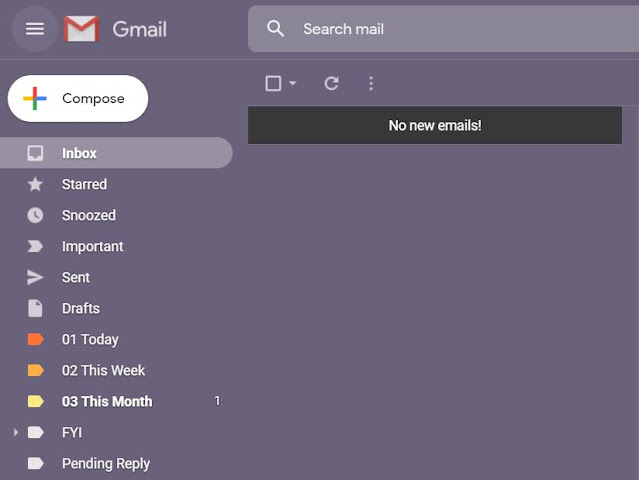One of my students recently asked me for advice about her local geology chapter. She noted that her classmates had much longer chapters compared to hers. She believed that the others were writing too much, but at the same time recognized that she probably wasn't writing enough. This made me think back to what guidelines I followed during those times when I had to write my reports for field geology classes. These guidelines are listed below.
1. Finish your figures first.
Making figures and writing content are two very different tasks. In my
experience, my brain just doesn't like it when I try to switch between them
multiple times during a single session. It's very tiring to switch gears when
you're trying to maintain focus. I suggest you make figures first, because then
they are something to you can refer to as you write the text.
When making many figures that follow more-or-less the same template, such as the repetitive figures of each formation, I usually allow myself to listen to music with lyrics, or even have a video of my favorite series playing in the background. Doing this makes it a more pleasant task. When I start with the content writing, I switch to listening to instrumental music.

